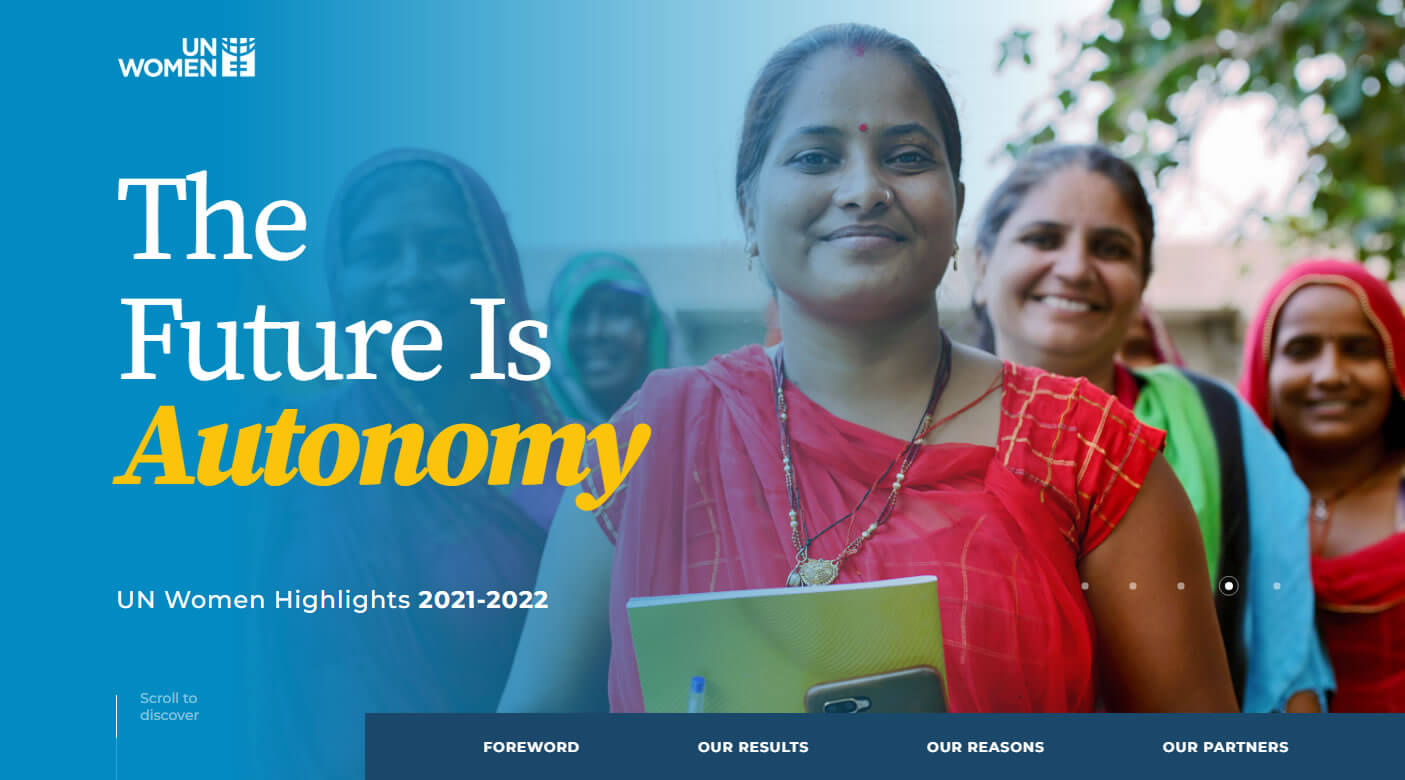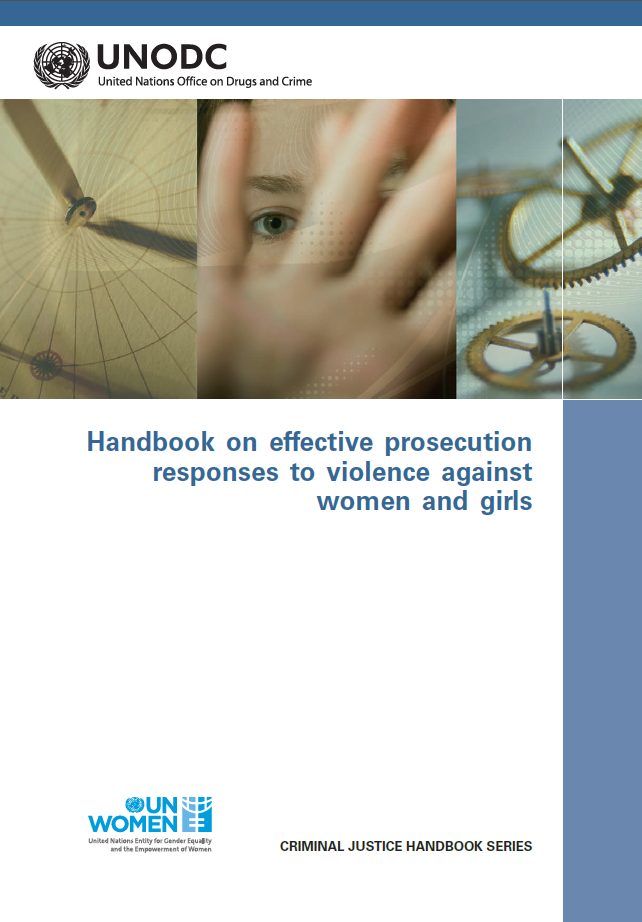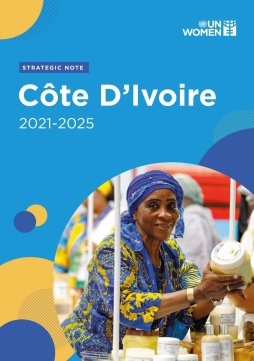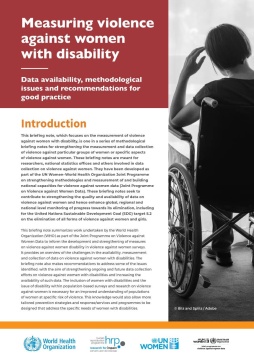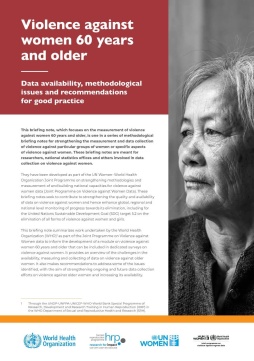Handbook on effective prosecution responses to violence against women and girls
Prosecutors play a critical role in the criminal justice response to violence against women and girls. In December 2010, the United Nations General Assembly adopted theupdated Model Strategies and Practical Measures on the Elimination of Violence against Women in the Field of Crime Prevention and Criminal Justice (General Assembly resolution 65/228, annex) which provide a comprehensive policy framework to assist States in developing responses and carrying out actions to eliminate violence against women and to promote gender equality within the criminal justice system.
Drawing upon the recommendations and guidance contained in the updated Model Strategies and Practical Measures, the United Nations Office on Drugs and Crime (UNODC) and UN Women, in cooperation with Thailand Institute of Justice, have drafted the Handbook on Effective Prosecution Responses to Violence against Women and Girls with a view to assist prosecutors in their duty to uphold the rule of law, firmly protect human rights and serve their community with impartiality and fairness in cases involving violence against women and girls.
Recognizing that prosecutors work in different legal systems, this Handbook is meant to be a resource to build on for individual prosecutors and prosecution services.
The Handbook is divided into three parts:
- Part One discusses current reflections, theories and research on violence against women and girls, the importance of the criminal justice response and some common misconceptions and myths surrounding sexual and gender-based violence.
- Part Two focuses on the role of a prosecutor in cases involving violence against women and girls. This part covers dealing with survivors, their role in investigations and the relationship with police, the decision to prosecute, the selection of charges, pre-trial considerations such as release pending trial and no contact orders, evidentiary issues, trial considerations, roles in sentencing and post-conviction, and restorative justice concerns.
- Part Three explores some of the institutional approaches that a prosecution agency can consider to ensure an effective response to violence against women and girls.




